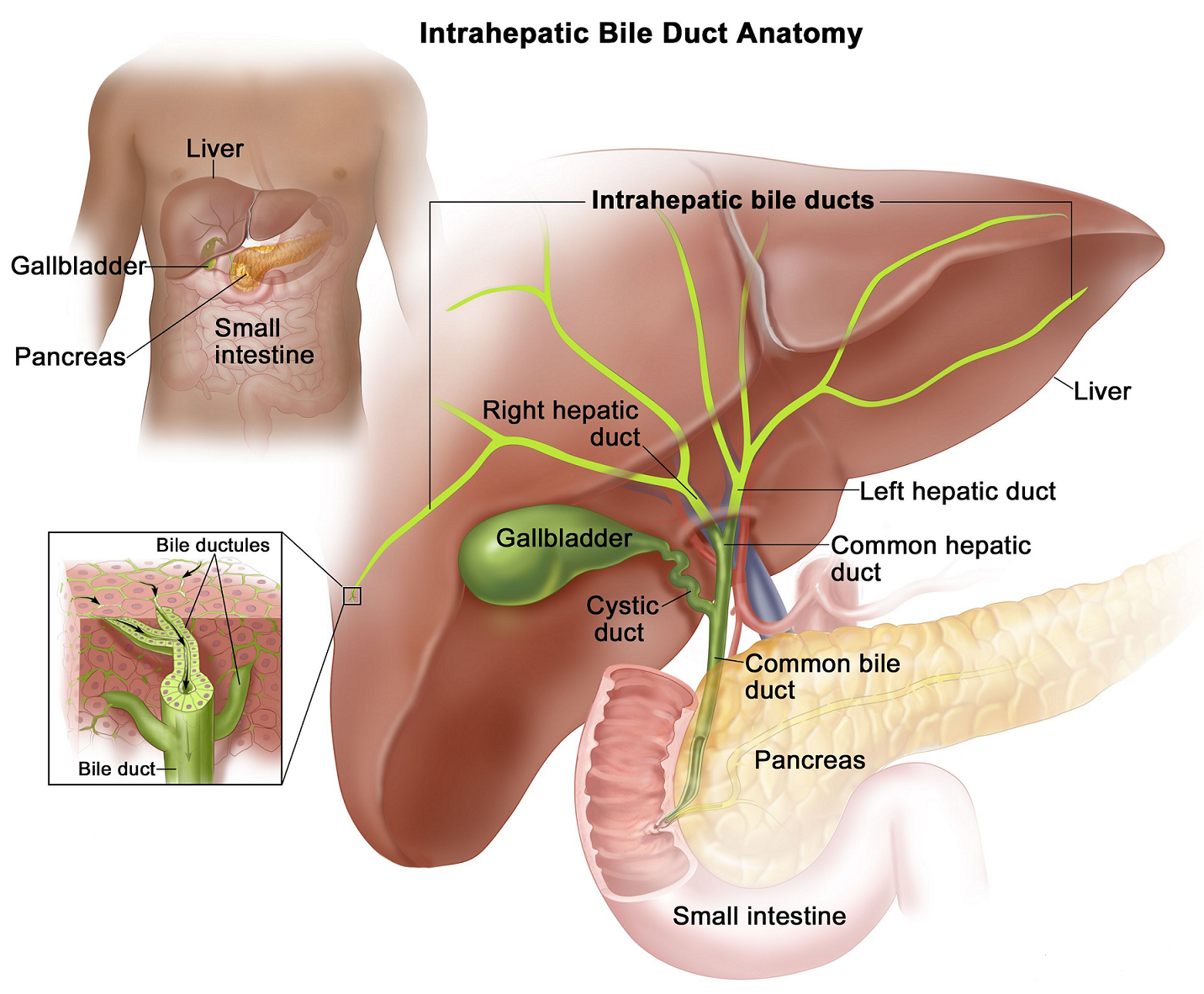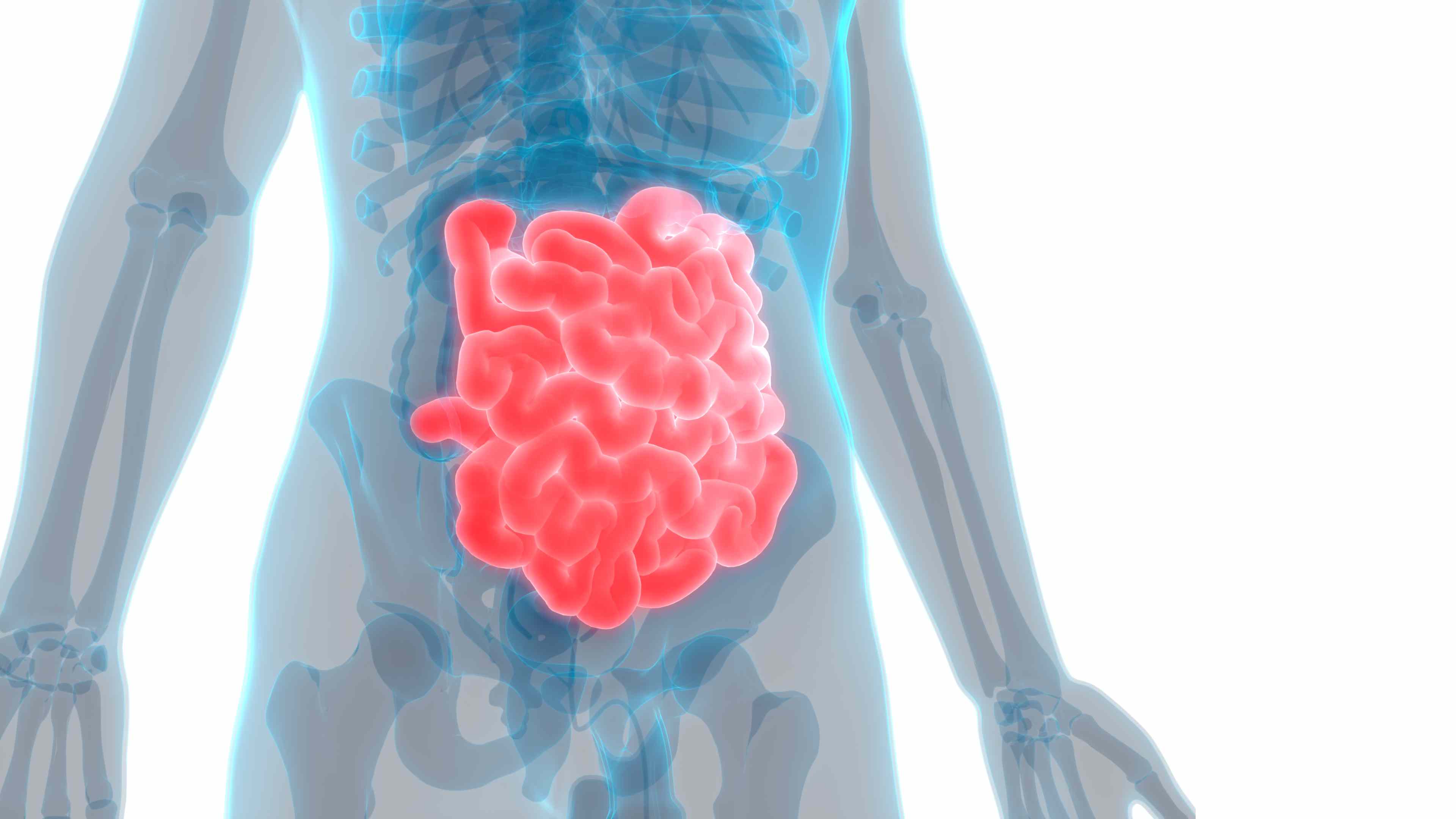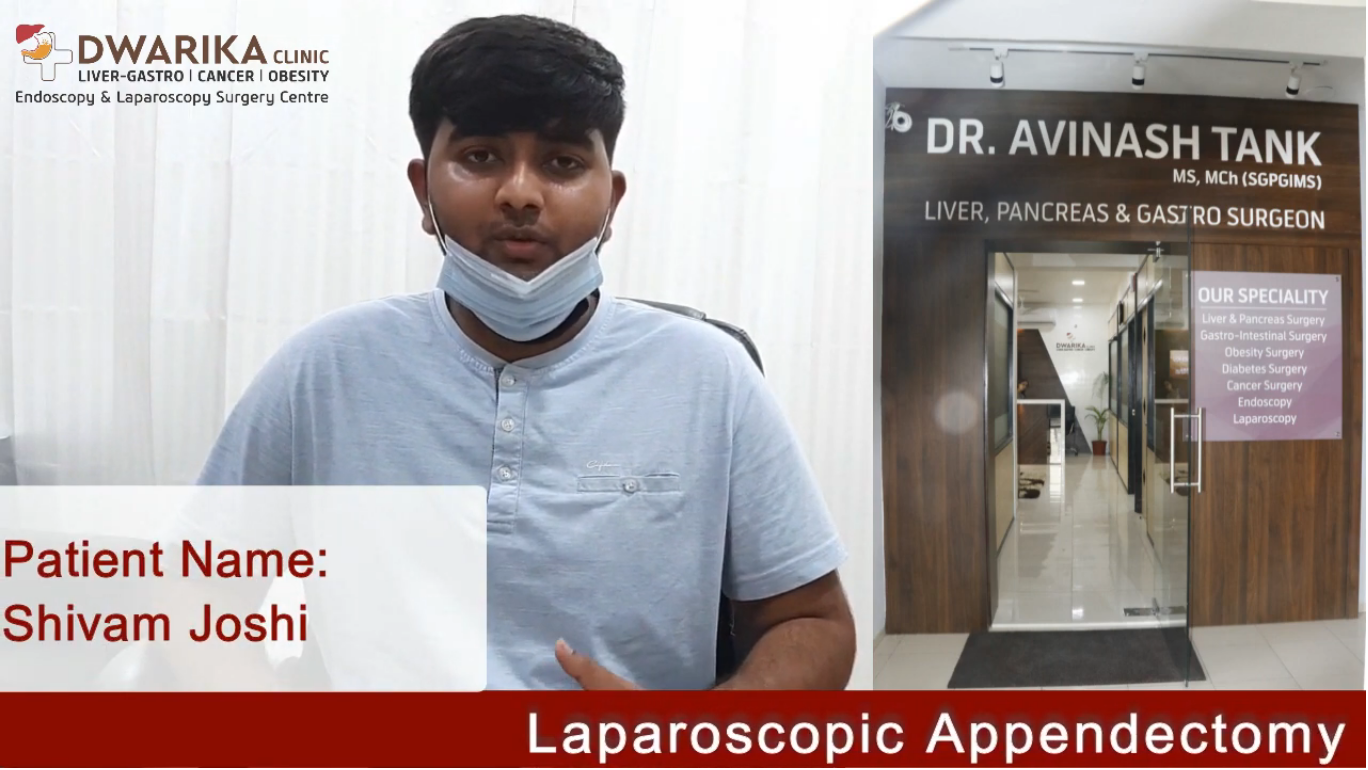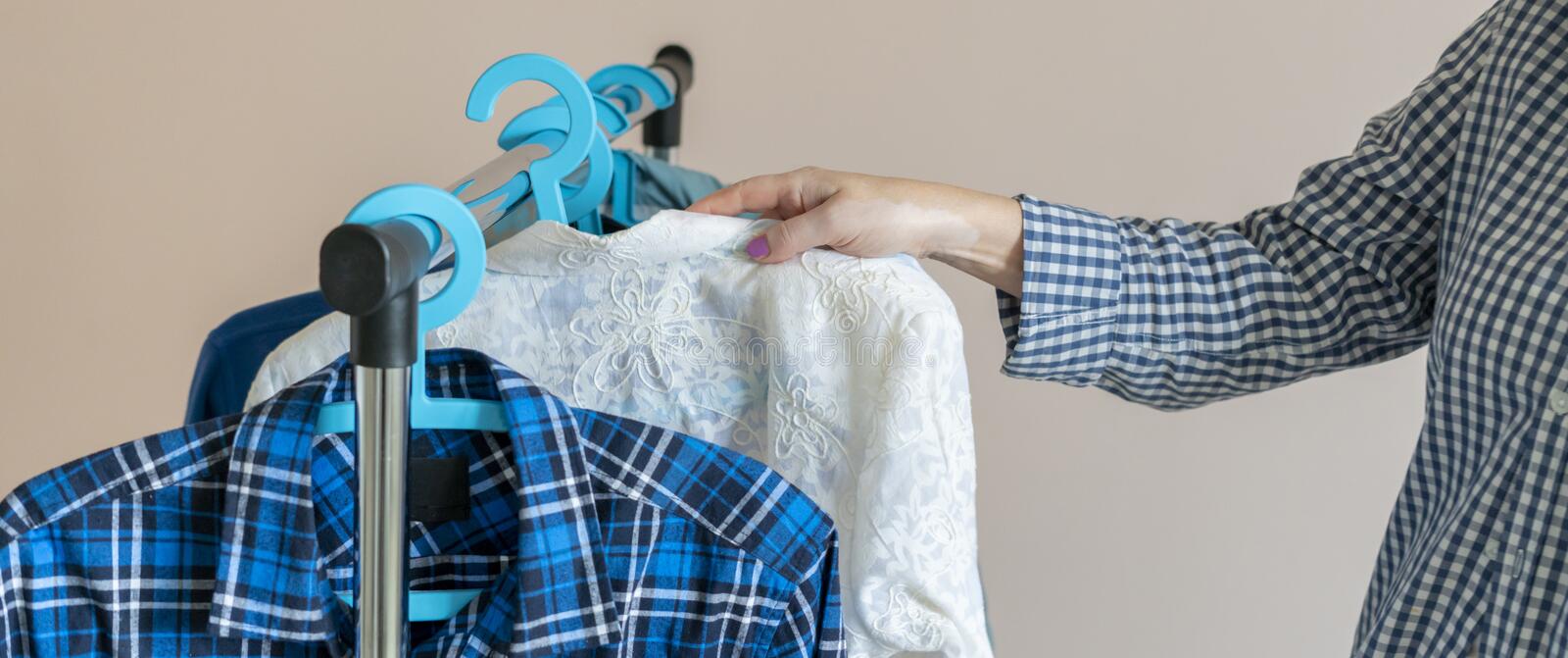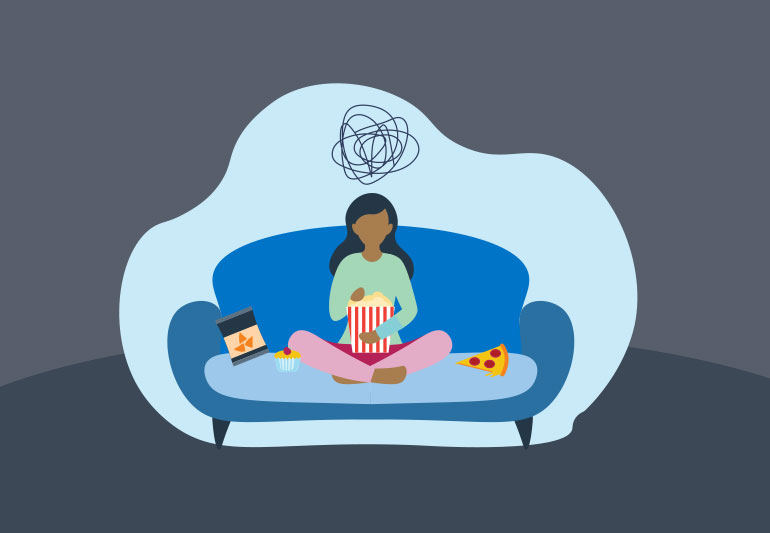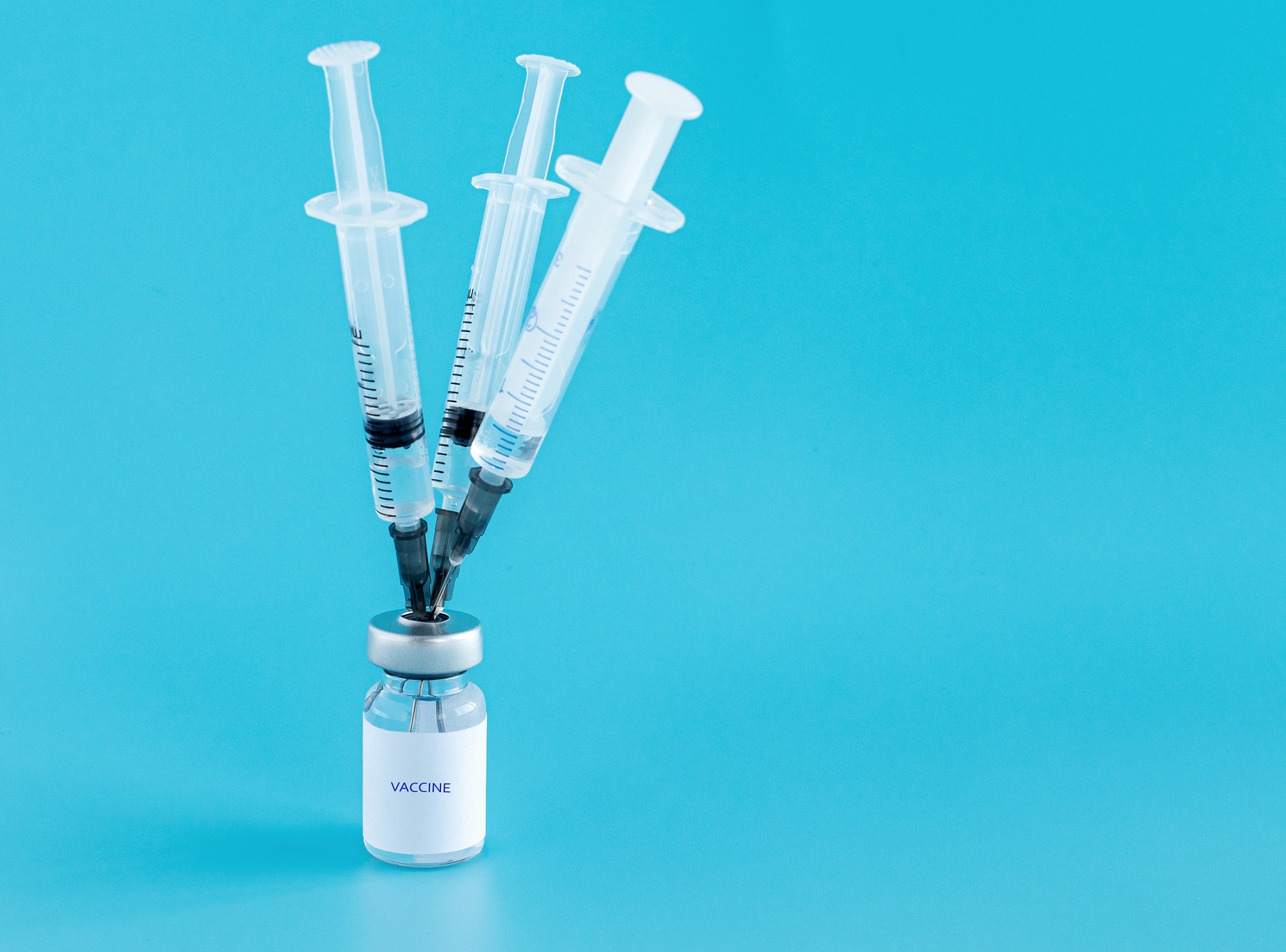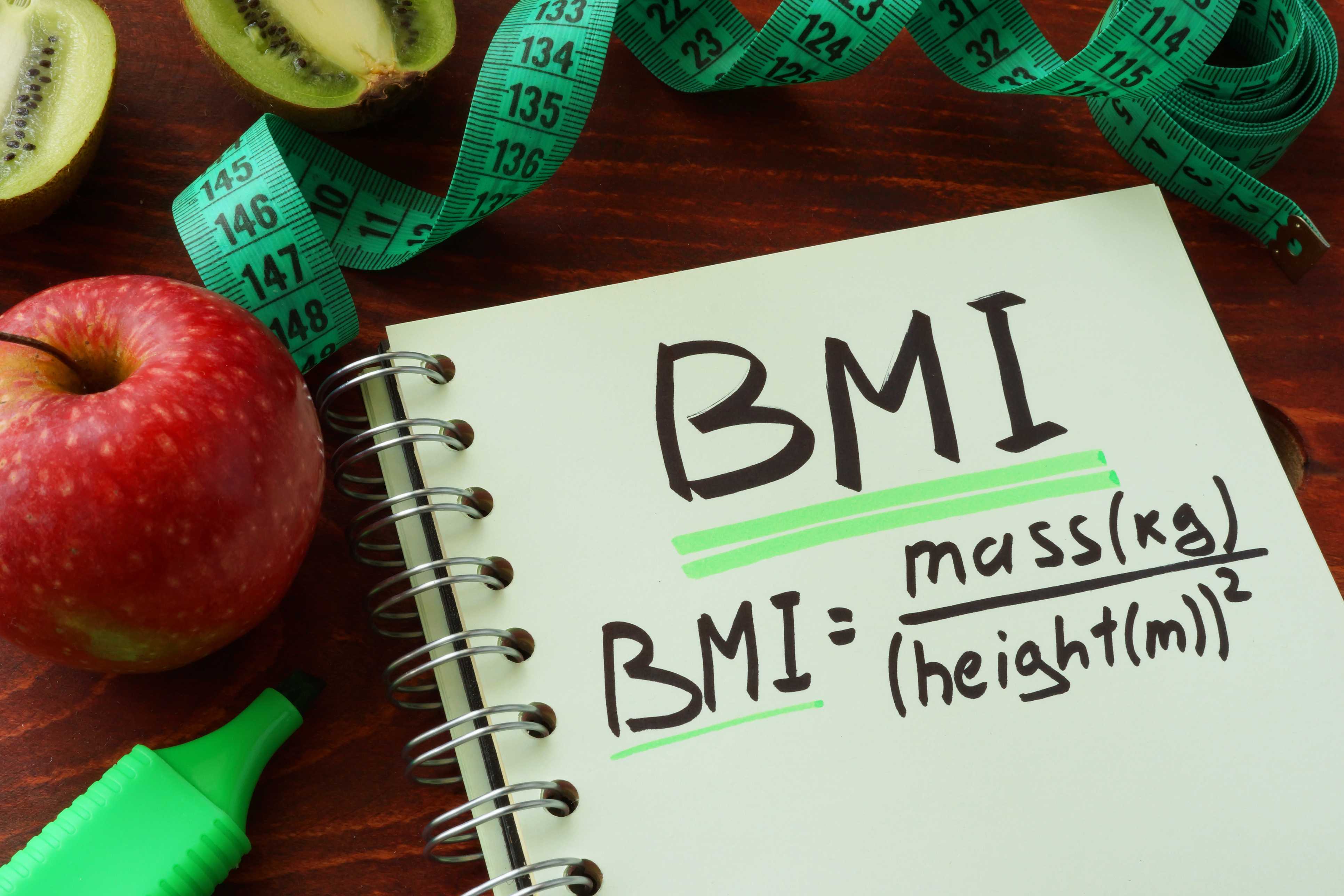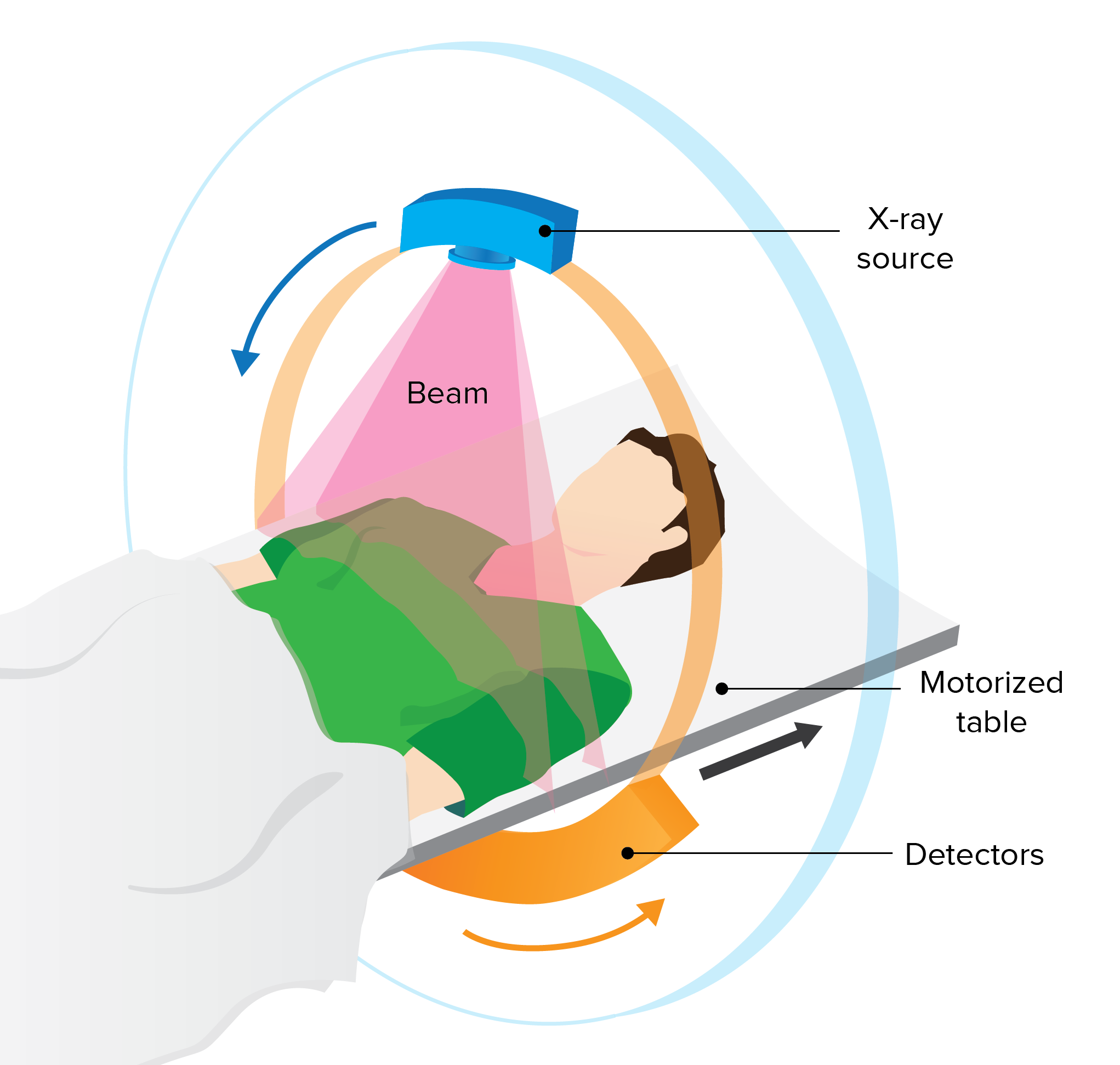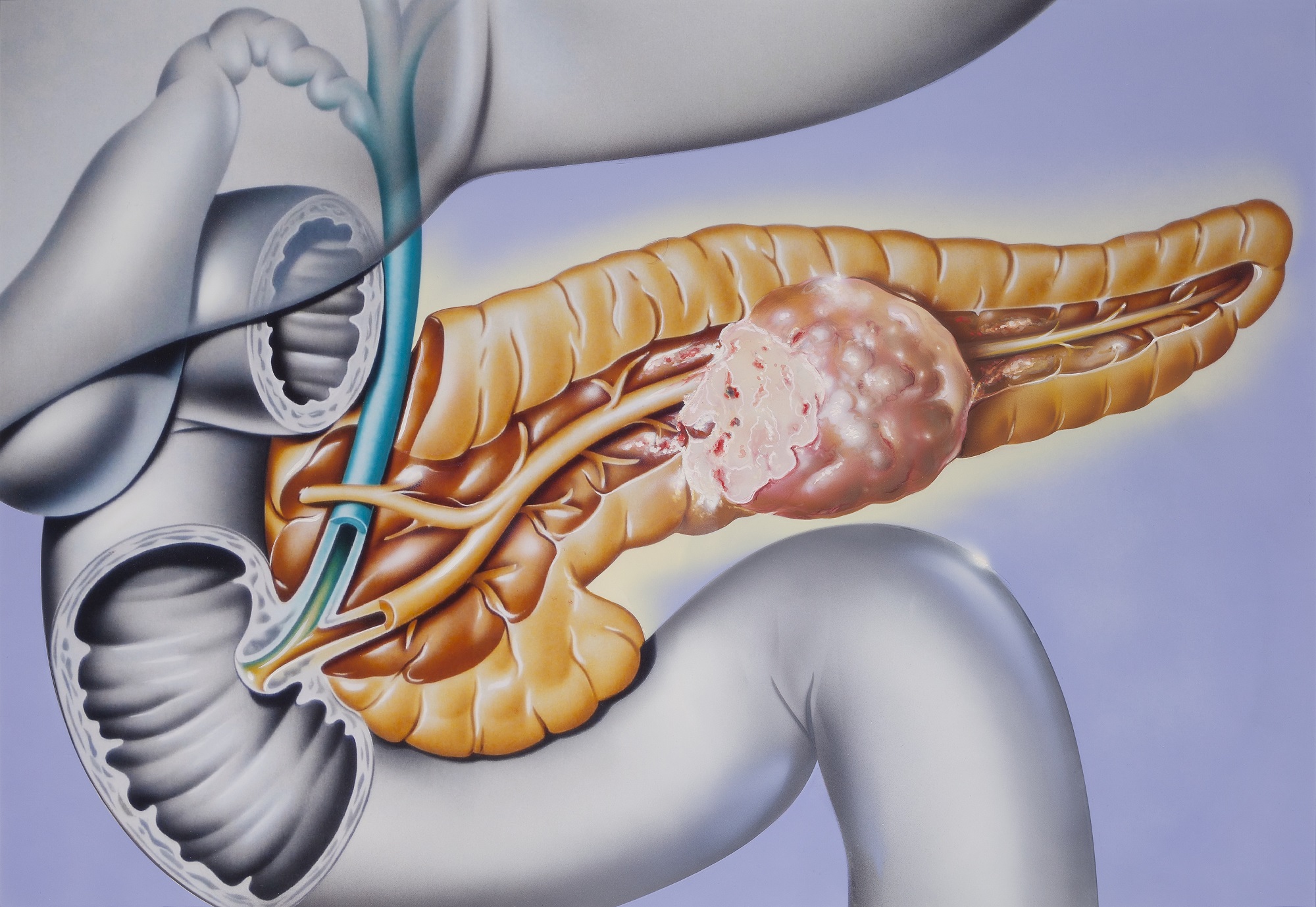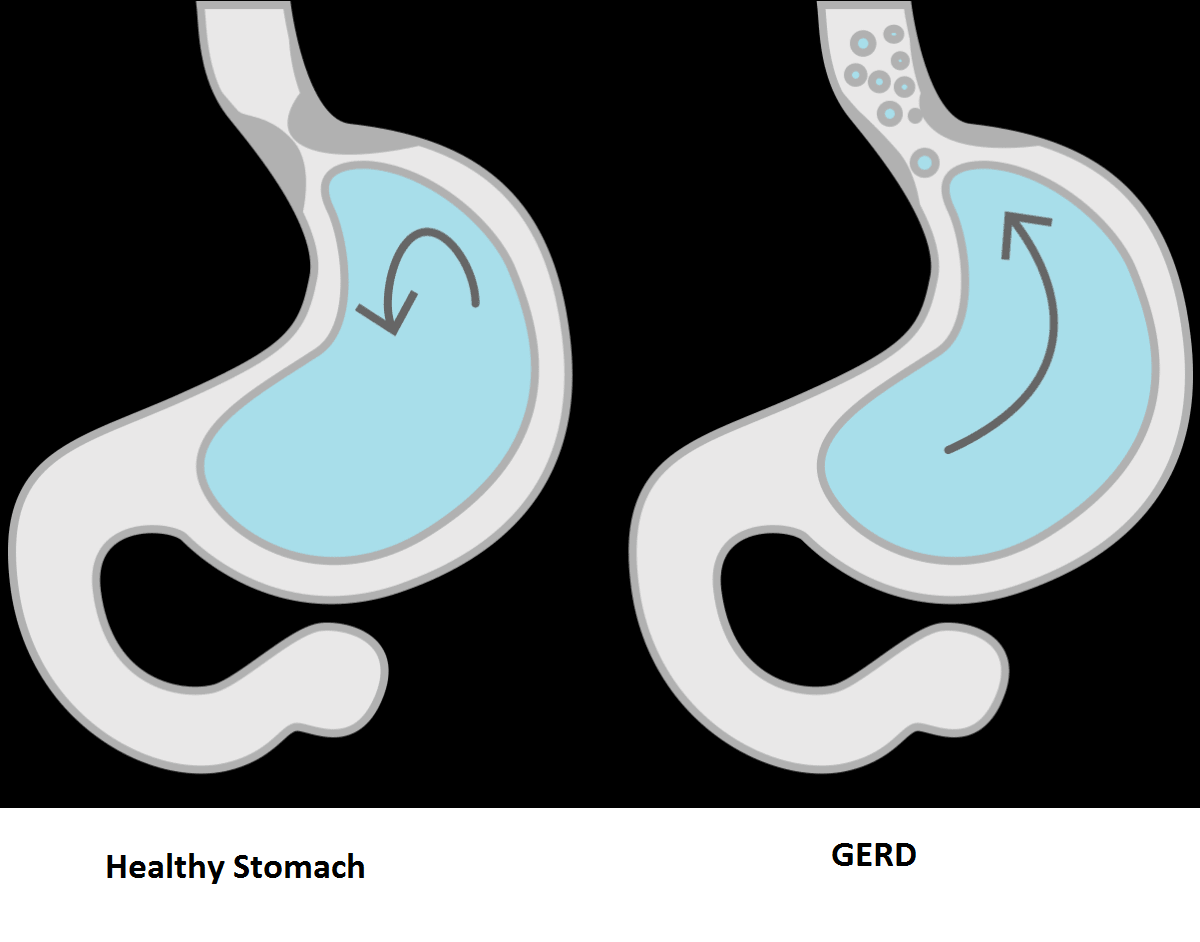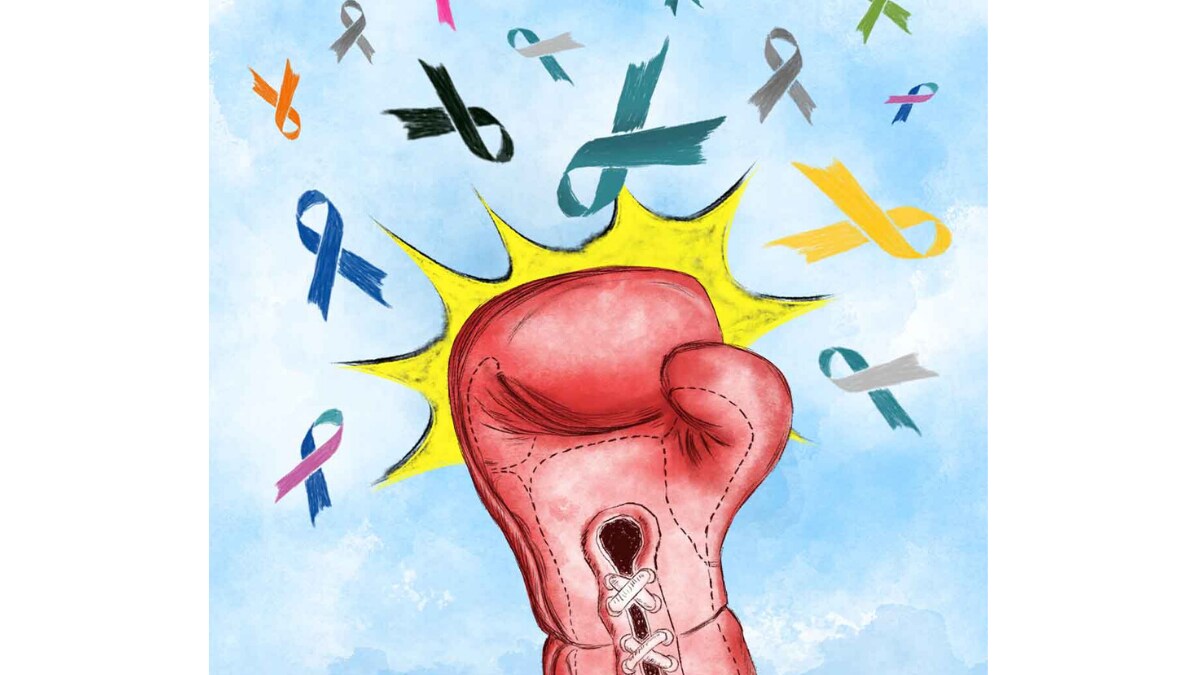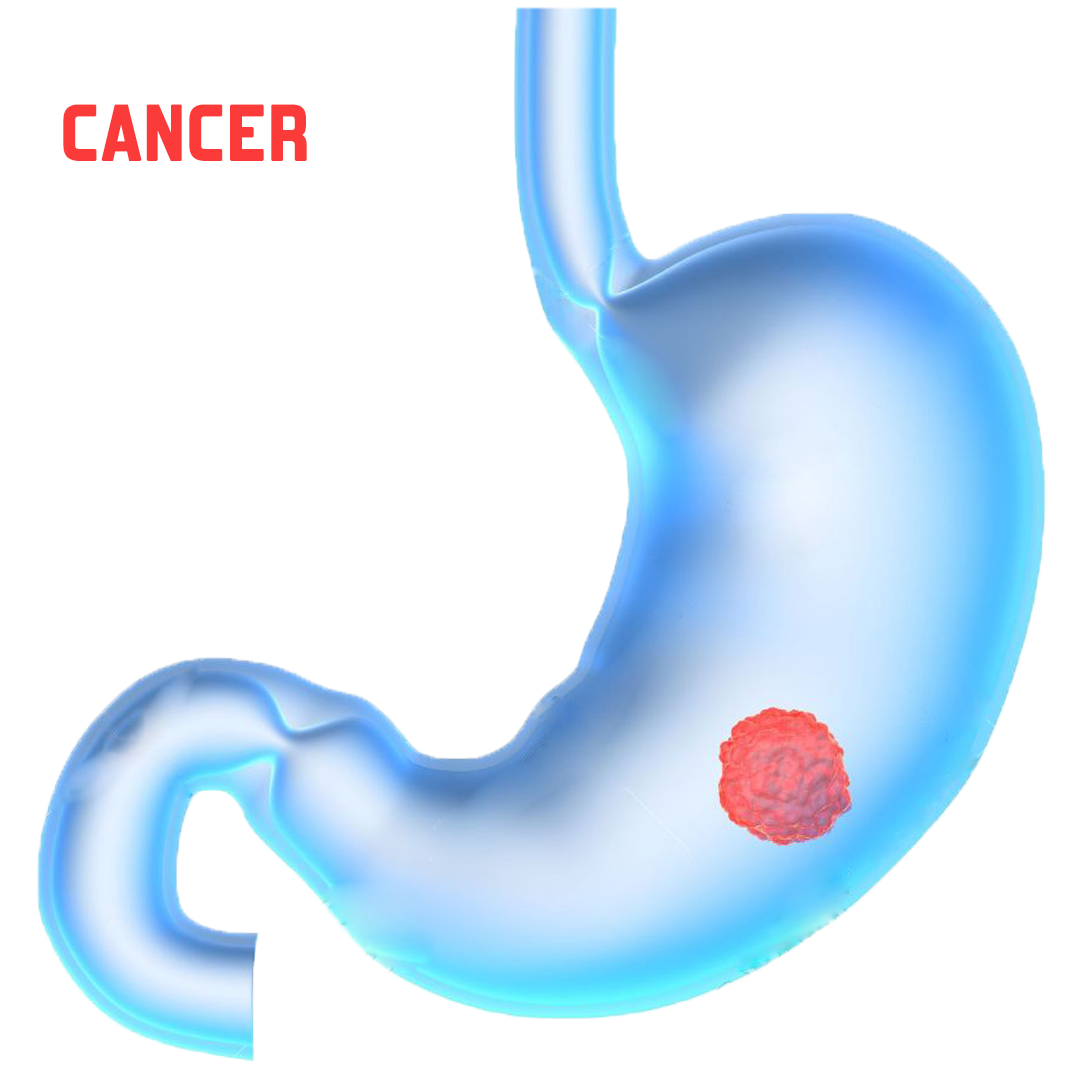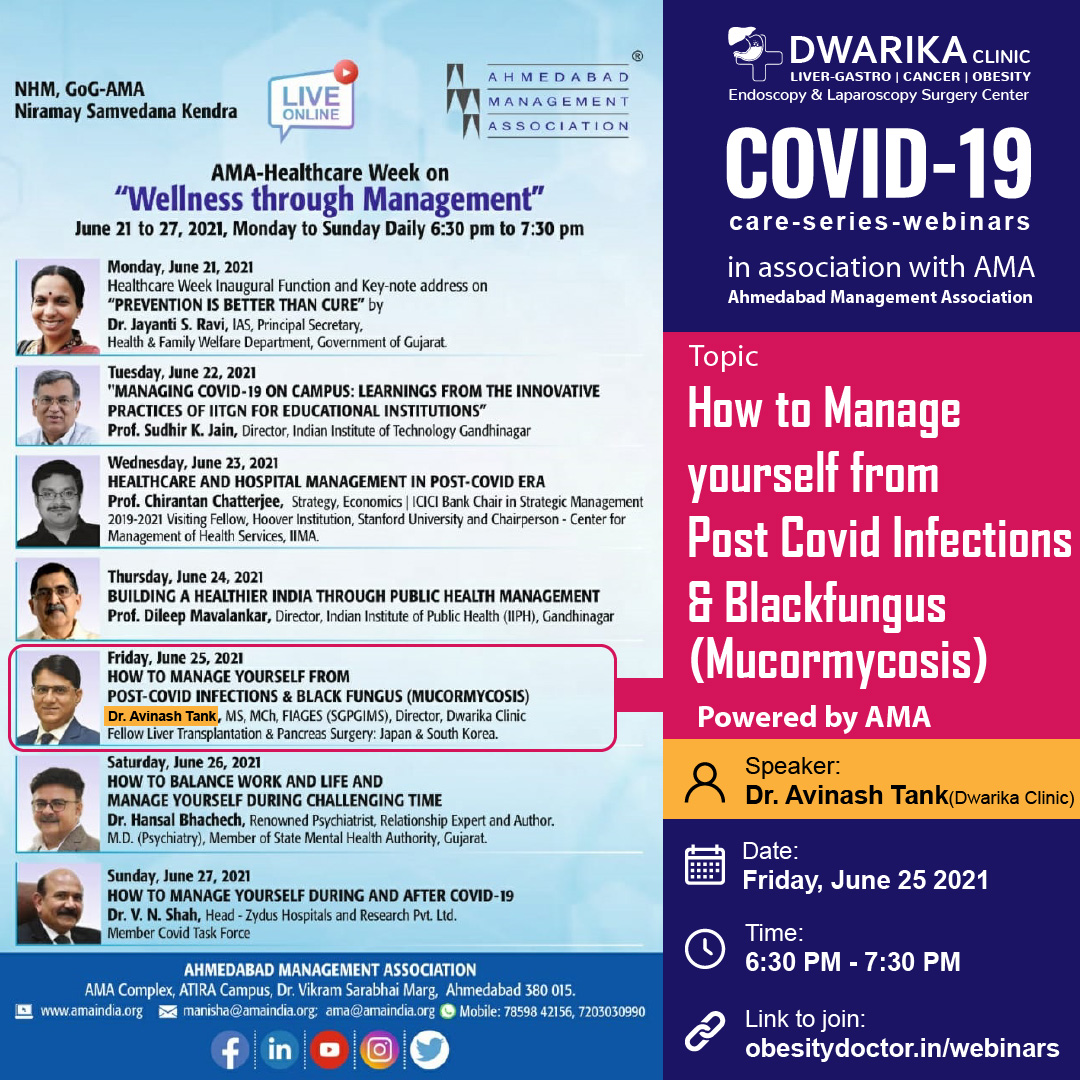Percutaneous Transhepatic Biliary Drainage, PTBD, PTBD Procedure, PTBD Benefits, PTBD Complications, PTBD care, PTBD risks
Percutaneous Transhepatic Biliary Drainage (PTBD)- Procedure, Benefits, Complications and more
Percutaneous Transhepatic Biliary Drainage (PTBD) is a medical procedure for diagnosis or treatment of a bile duct obstruction.

Overview
Percutaneous Transhepatic Biliary Drainage (PTBD) is a medical procedure for diagnosis or treatment of a bile duct obstruction. The objective of the procedure is to locate the obstruction and/or to insert a temporary catheter to drain the bile. This is an option for patients who would like to avoid surgery or for whom surgery would be too risky as this procedure has fewer side effects than surgery.
How do I prepare for a PTBD?
- Your healthcare provider will tell you how to prepare for the procedure. He or she may tell you not to eat or drink anything after midnight before the procedure. Arrange to have someone drive you home from the procedure.
- You may need to follow a certain diet before your procedure. You may need to see a dietitian who will teach you which foods to eat and which foods to avoid. If you drink alcohol, you may need to stop.
- Tell your provider about all medicines you currently take. He or she will tell you if you need to stop any medicine for the procedure, and when to stop. He or she will tell you which medicines to take or not take on the day of the procedure.
- You may need to have blood tests and an EKG. You also may need x-rays, an ultrasound, a CT scan, or an MRI.
- You may be given antibiotics to help prevent a bacterial infection. Tell your provider if you had an allergic reaction to an antibiotic.
- You may have endoscopic retrograde cholangiopancreatography (ERCP) before your procedure. ERCP can help your provider plan your procedure. He or she may also remove stones or growths in your bile duct.
What will happen during PTBD?
- You may be given general anesthesia to keep you asleep and free from pain during the procedure. You may instead be given local or spinal anesthesia to numb the area. A CT scan or fluoroscopy may be used during the procedure. Your healthcare provider will put a needle through the right side of your abdomen and into your liver. A wire will be pushed through the needle and into your liver.
- Your provider will use the wire to break up the stones that block your bile duct. He or she will put a tube over the needle and then remove the needle and wire. The tube will be left in place. A small part of the tube will come through your skin to the outside of your body. If the tube is capped, bile will drain into your intestines. If the tube is left open, bile will drain into a bag that is attached to the end of the tube outside of your body.
What should I expect after PTBD?
You will be taken to a room to rest until you are fully awake. You will be monitored closely for any problems. Do not get out of bed until your healthcare provider says it is okay.
- You will be helped to walk around after surgery. Movement helps prevent blood clots.
- Medicine may be given to prevent or treat pain or nausea.
What are the risks of a PTBD?
Your gallbladder, bile duct, or blood vessels may be damaged. You may bleed more than expected. After the procedure, you may have swelling or bleeding around the tube. The skin around the tube may get infected. The tube may move out of place or get blocked. Your gallbladder may become swollen or infected. You could develop a blood clot in your liver or a lung infection. Your lungs could fill with blood or air, making it hard for you to breathe.
Contradictions of the procedure
Some patients with obstruction in the bile duct system may not be eligible for the percutaneous transhepatic biliary drainage (PTBD) for several reasons, such as prolong coagulation, sepsis, massive ascites, cancer that has spread to the liver and multiple blockages in the bile duct system. This group of patients may have to consider alternative procedures to alleviate their symptoms.
Duration Retained Catheter
You will probably need to keep the catheter for two to three weeks or until bile flows into the intestines normally. This depends on the doctor’s treatment plan. If this procedure is part of palliative care, you may have to keep the catheter for even longer duration.
At home recommendation for retained catheter
Please care for your catheter as follows:
- Notice the appearance of the bile, such as the color and concentration, and record the amount of bile released each day.
- Notice the position and appearance of the catheter to ensure it is not broken, folded, bent or caught on something.
- You should see your doctor immediately if:
- The catheter has been dislodged or moved more than five centimeters.
- Bile leaks through the bandage or the bandage has moved or fallen off.
- No Bile flows within 24 hours or less than usual.
- You have a high fever.
- You can take a bath normally. Avoid getting your wound wet or dirty. If your bandage becomes wet enough that it soaks to the gauze below, clean the wound after bathing and place a new bandage on it. Do not soak in water or swim while the catheter is attached.
- Clean your wound twice a week or as needed. Follow these instructions
- Wash your hands with soap two to three times and wipes them dry with a clean cloth before changing the dressing.
- Use a clean cotton ball soaked in a Beta dine solution to wipe around the wound and the catheter attached to the skin. Since the catheter moves in and out as you breathe, use a cotton ball soaked in a 70% alcohol solution to clean the same area again.
- Cover the wound with sterile gauze, and then place a bandage over the catheter to attach it to your abdomen to prevent it from being bent.
- Use a bandage to attach the catheter to your abdomen to keep it in place.
- Come in to the hospital to change your collecting bag every month or as recommended by your doctor.
For any health related query, consult with our experts by clicking below-




